From the Pros: Director Jeff McLane on The Sea Ranch Landscape Architecture Lessons
Not a lot of people can claim that they have firsthand knowledge and experience of something that’s featured as an exhibit at the San Francisco Museum of Modern Art. Something as historic as the “beacon of Modernism on the Northern California coast,” The Sea Ranch, for example.
As it so happens, Academy of Art‘s very own School of Landscape Architecture (LAN) Director, Jeff McLane, personally got to experience living on the Sea Ranch property in the late 60s. His father was one of the architects who worked on the development during that period.
Insider Knowledge
With lush sceneries as the backdrop, the story behind this property development project spearheaded by Bay Area architects and designers serve not only as inspiration, but also as a lesson in executing a landscape architecture plan that is both structurally viable and in harmony with the surrounding natural environment.
Below is Director McLane’s professional take as a licensed landscape architect on this historic property development. Read on to learn what he thinks made the project a success, what could have been avoided or improved, and what are the lessons that students can derive from it.
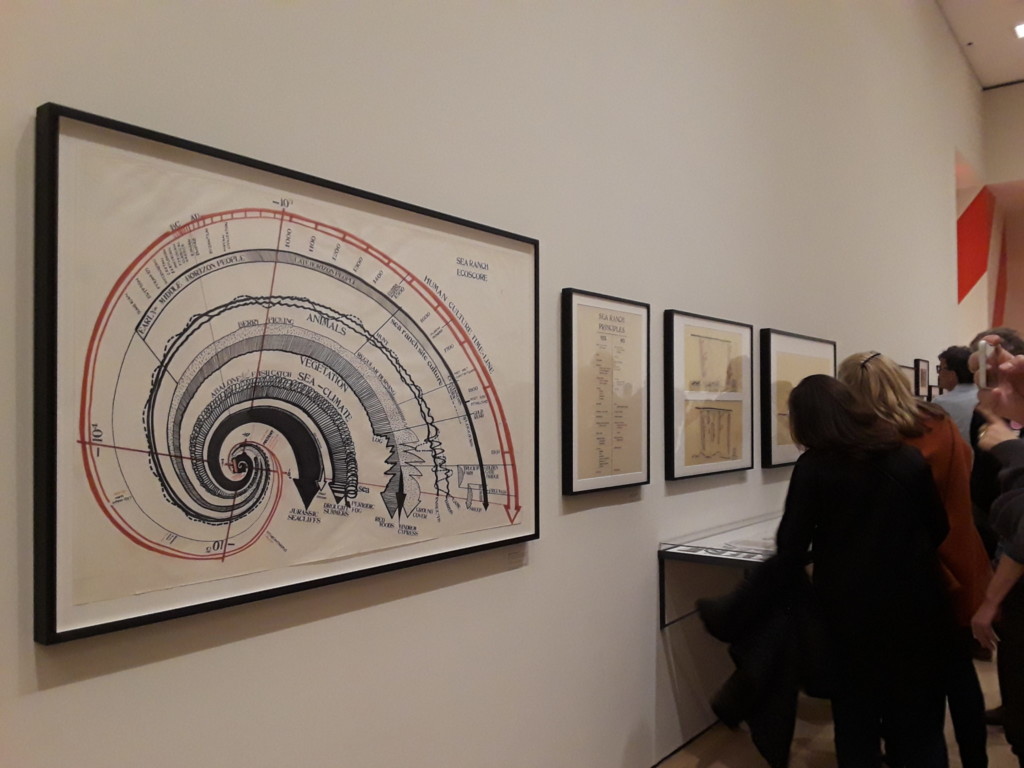

Disclaimer
I am no expert on the Sea Ranch so the following is purely my opinion. I’m sure architectural historians would challenge some of the ideas below.
Jeff McLane
The Sea Ranch project is lauded as one of the more important developments that helped define modern architecture concepts in the 60s. What do you think made it a success?
One of the myths about the Sea Ranch is that it was this small group of people who got together and made this happen. To some extent that it’s true, but the team also fought hard with the Coastal Commission, and various other agencies to and groups to make it happen. It was not just a design project. It was also an economic and political project.
What made it a success was that the vision for the Sea Ranch was clear from the beginning. Literally before anyone was hired. Even though it was being developed by a private developer they were trying to create a second home community based on modern development ideals; respect for and integration with the land, materials that were consistent with the “Sheep Ranch” aesthetic of the property.
When the architects and landscape architects were hired, they knew this was a sensitive project. The designers did not know what the outcome would be, but they did know what the mandate was. That was unusual. Also, it was a spectacular site. I’m not sure this project would have worked on another site.
What do you think were the pitfalls of the development and how could modern LAN practice avoid them?
The pitfalls were that although the community ideals were tied to the landscape preservation movement of the 60’s, they were not tied to any social or class equity ideals of the time. Due to access issues (being isolated on Highway 1, two-and-a-half hours north of SF), and being essentially a second home community (exclusive by nature) it was always bound to be fundamentally elitist.
As it became more popular, the ideals were not diversified, and the original concepts become a tool to protect the homeowners and their lifestyle from the people outside. It went from idealist 1960’s live on/with the land (not as hippie but as sophisticated citizen) to how do we protect our “village” with all these people wanting to come here?
I think it was inevitable in retrospect given how the economy and coastal development issues went during the 1970’s-1990’s. All development projects eventually face growing economic issues and changing times.
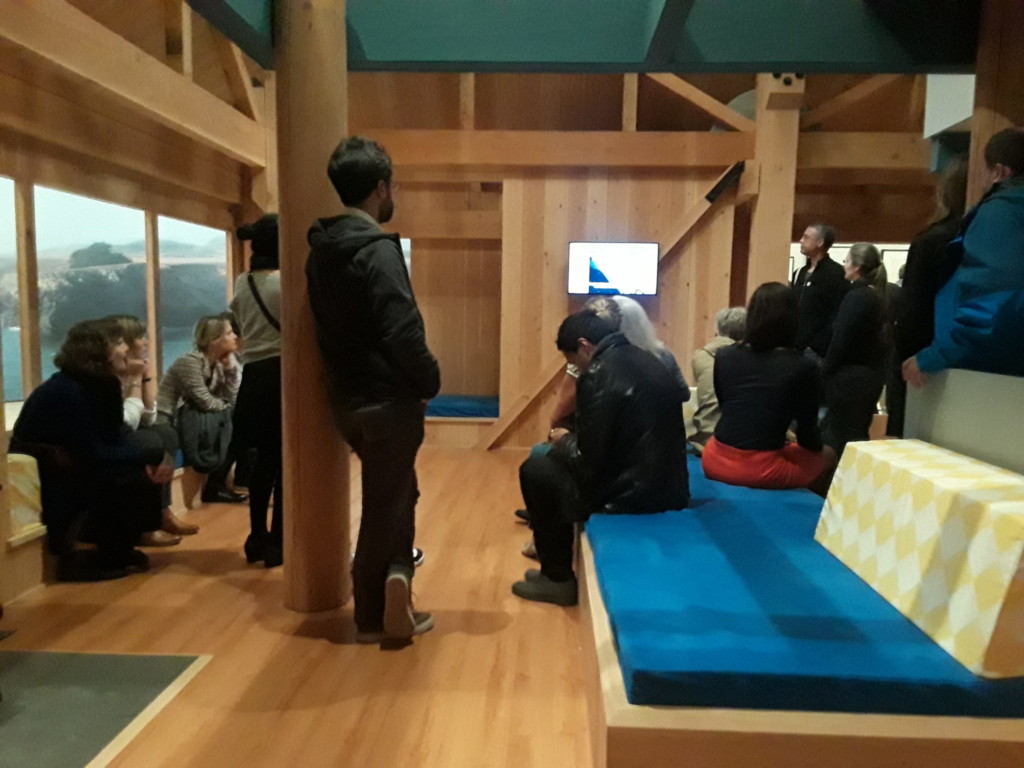



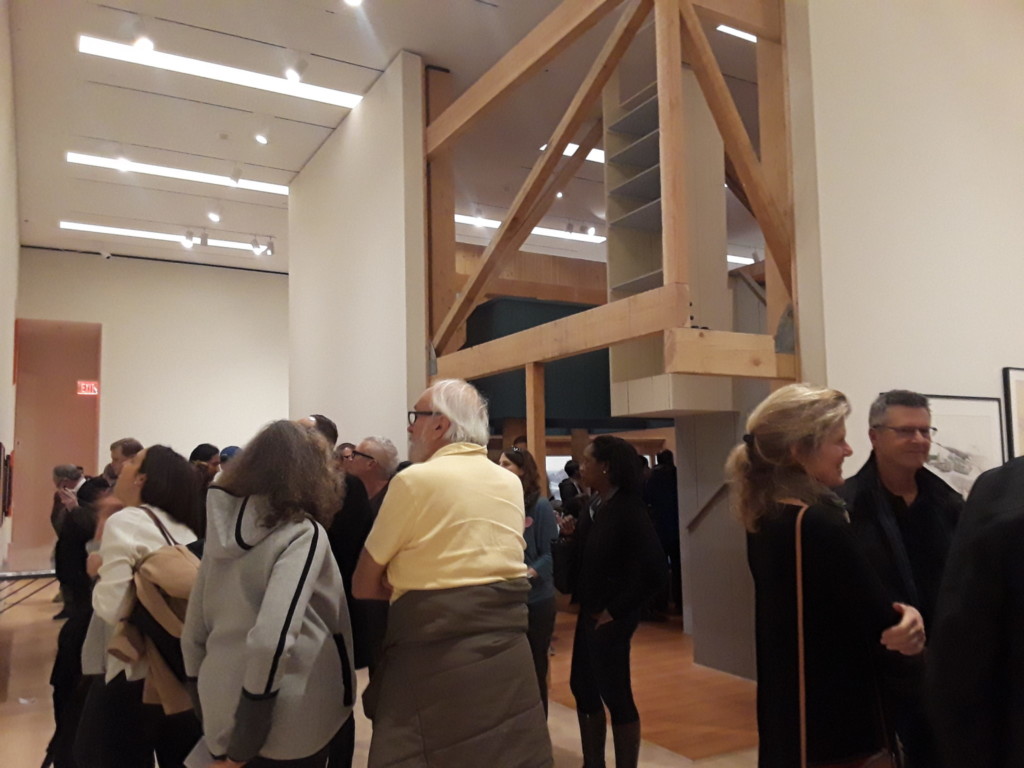
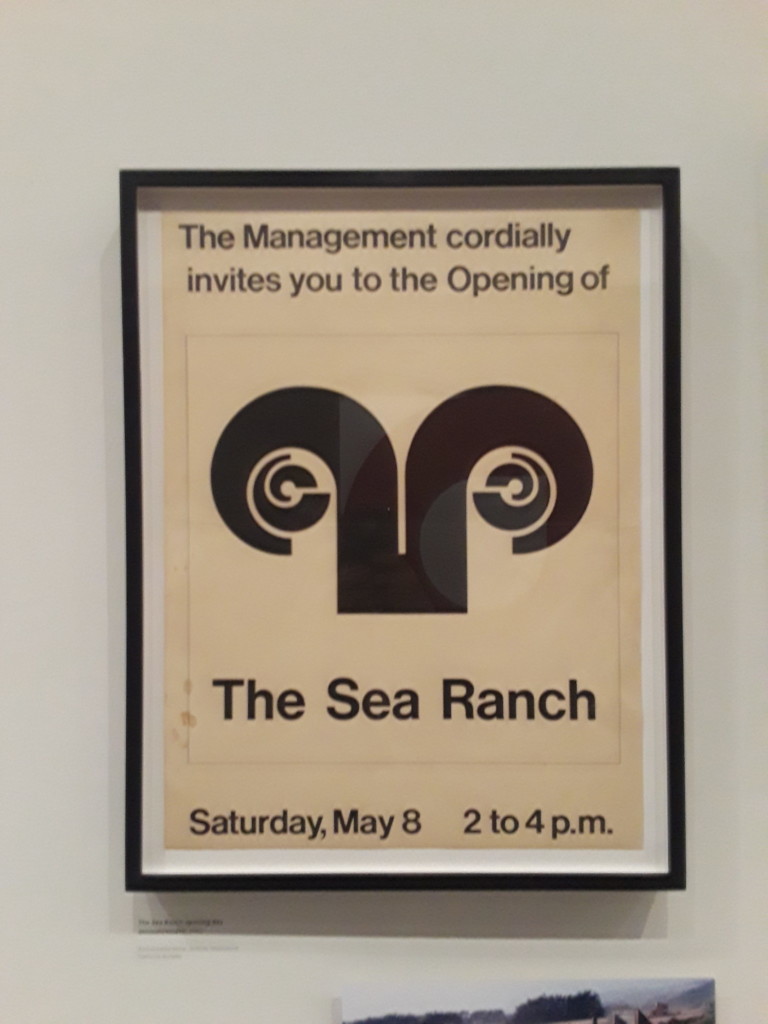
For LAN students, they have to think about resiliency of the landscape in all factors—not just ecological. Resiliency has to include a developing economy, class and social systems, and have a set of guidelines that can change with time.
Not being able to predict the future is rough for planners. We don’t know how changes in the future will impact development of today, but we should be thinking about that. Additionally it’s worth asking the question: Do we want to create communities with tight regulatory guidelines that preserve the intent of the community beyond the context and time it was created, or do we want to have more flexibility to adapt?
There is no right answer, but it is an important question to ask.
What kind of obstacles can LAN students anticipate in their careers based on the example of the Sea Ranch development?
If you want to make lasting change through your work as a landscape architect, you will need to bring both your ecological and social your ideals and solutions to the table, argue the facts, and then listen and learn.
Obstacles in their careers?
Question — How can landscape architects work with the land to create healthy and sustainable communities that are open and inclusive, that are economically viable but don’t exclude or marginalize various groups of people in a world that places growing value on the commodification of landscapes and the people who use them?
I believe this is one of the great questions of our time as we face climate change and collapsing ecosystems around the world, and larger and larger groups of marginalized communities in both urban and rural areas.
What are the important lessons that aspiring LAN students can take away from the Sea Ranch project?
Ecological design—amazing example of the integration of the site and its history with landscape architecture and architecture. It also includes other arts, such as choreography and dance—how a body moves through space.
Don’t be afraid to borrow from other arts, humanity is complex. Idealism: It can be done. People issues: For the Sea Ranch to succeed it had to be exclusive. For the few, not the many.
How can we take these principles and expand them to include more people in larger communities?
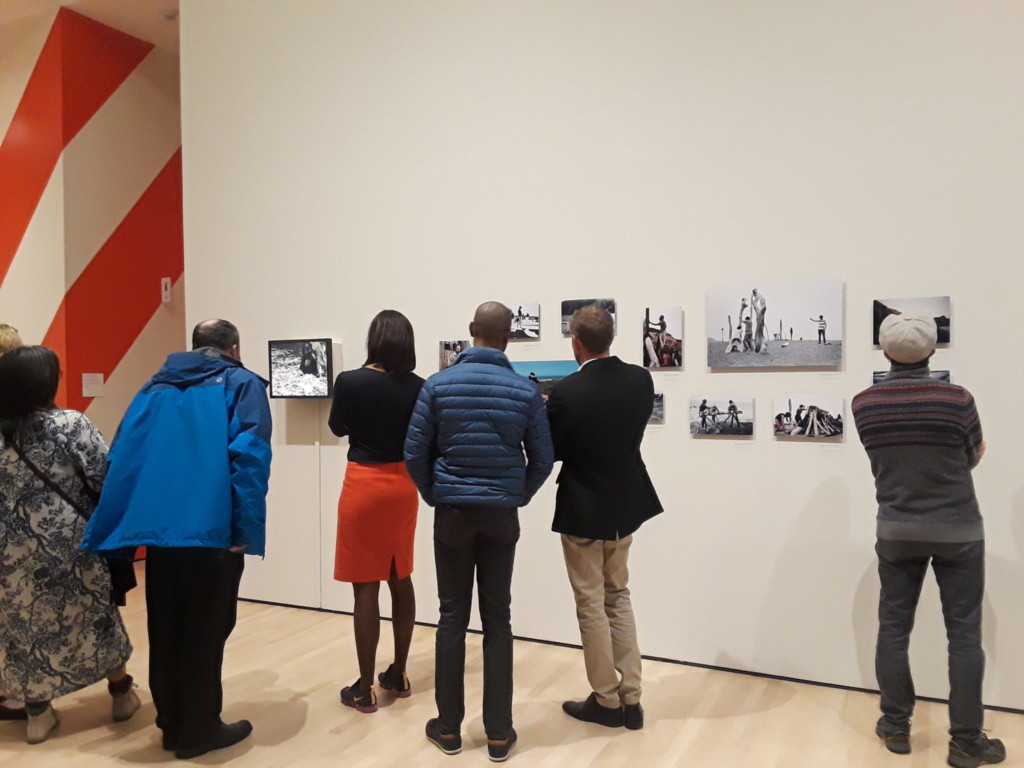
What advice would you give your students if they were to create a development project similar to Sea Ranch?
Learn the science both in terms of ecology and climate change that are underpinning the project. Know the site and design history, and who the people are that will be using the landscape/place you are designing.
Learn techniques to work with diverse communities. You will need those skills to successfully get buy in for your ideas. Know your own biases. You also need to be familiar with how projects are funded and developed, and how regulatory agencies make decisions and do what they do.
You will need buy in from the public for agencies to stray from their policies or develop new ones. You need communication skills to be able to talk about, present and argue a design solution, and respond to the criticism that your project will inevitably receive.
Last piece of advice: Don’t be naive about the profession or the systems in place that we work with to get projects built. Learn as much as you can about it all and go for it. Be an advocate. You are the future.
The Sea Ranch: Architecture, Environment, and Idealism is featured on Floor 6 of the SF MoMA until June 2, 2019.
Images courtesy of the author.



